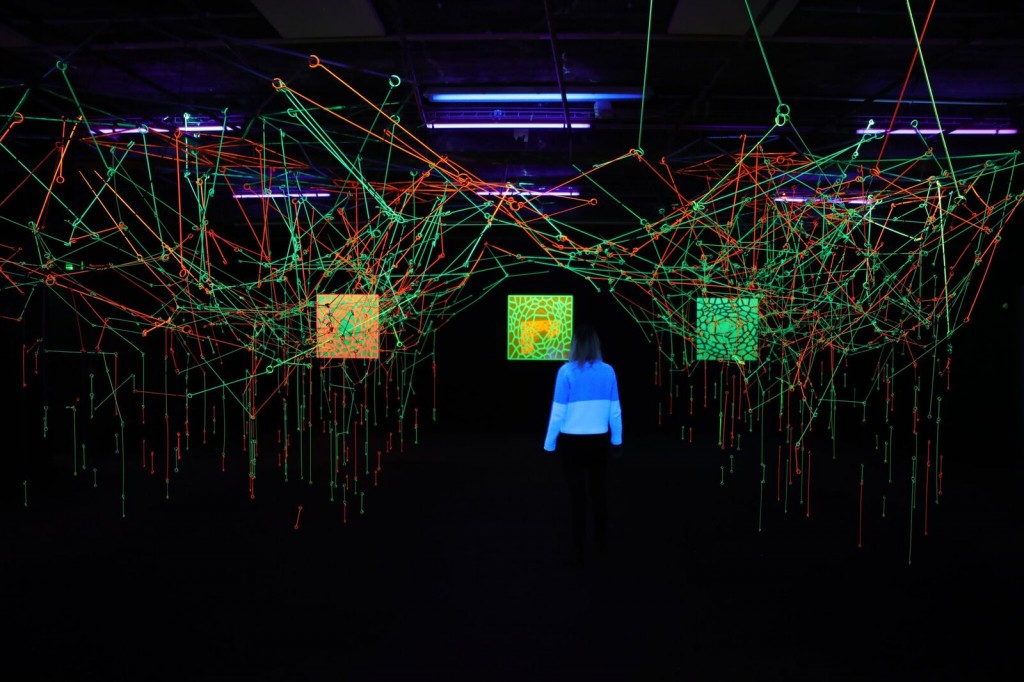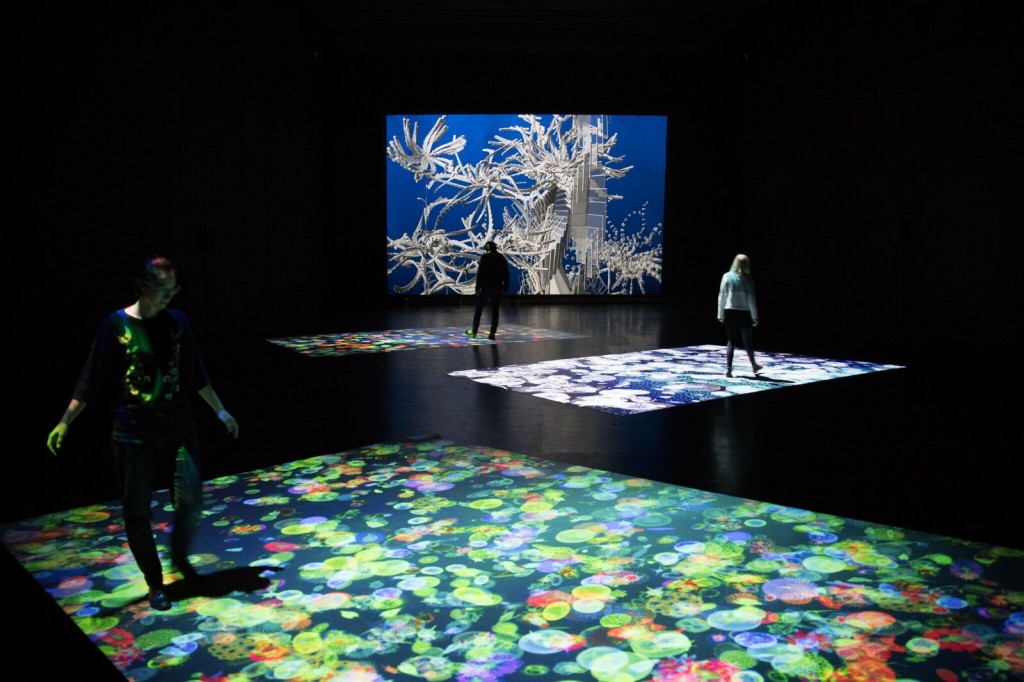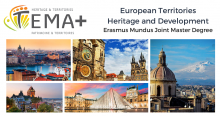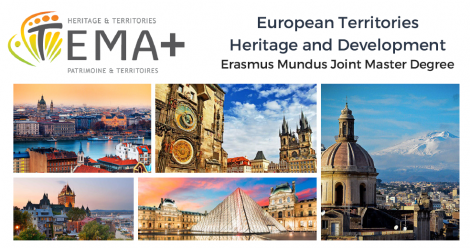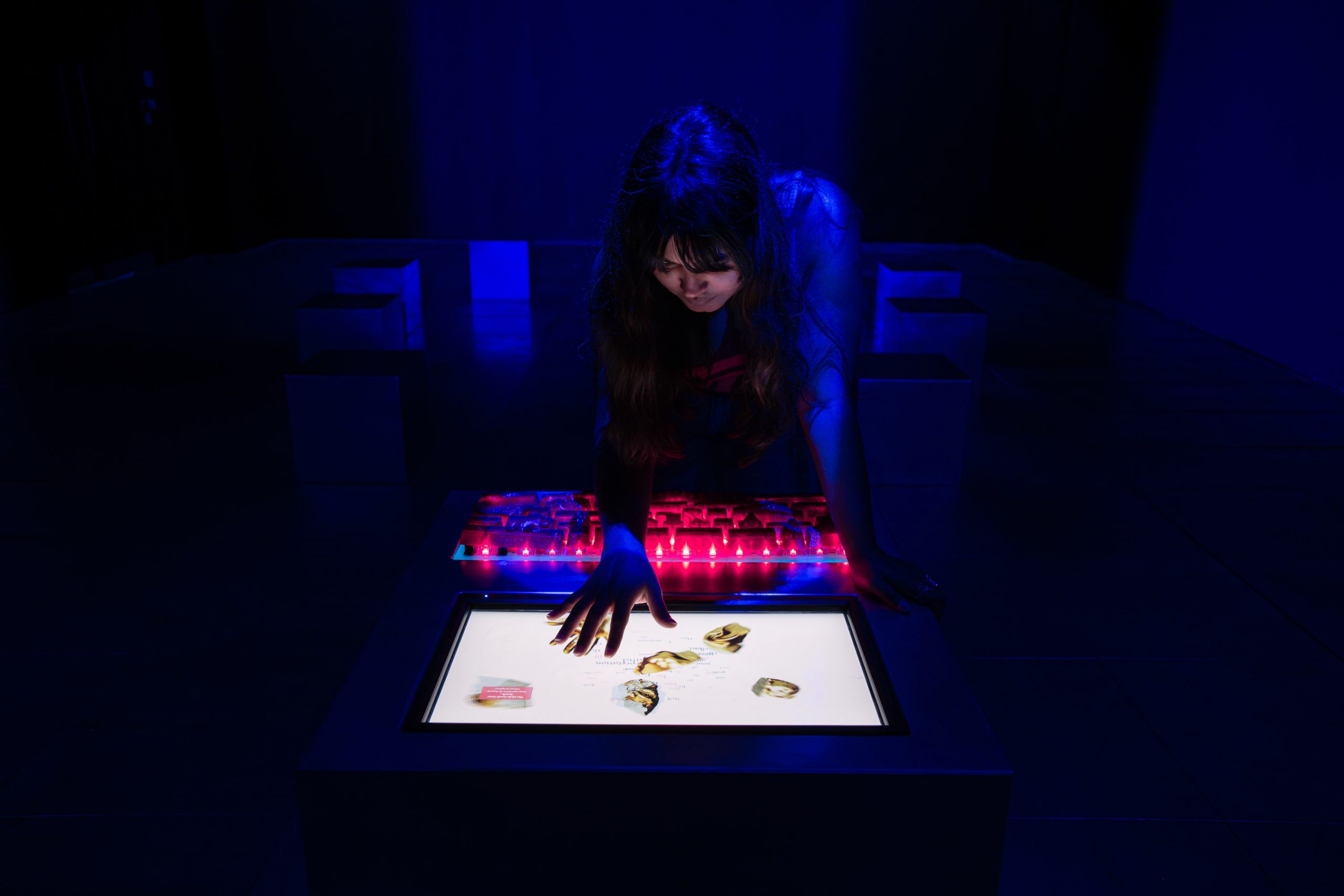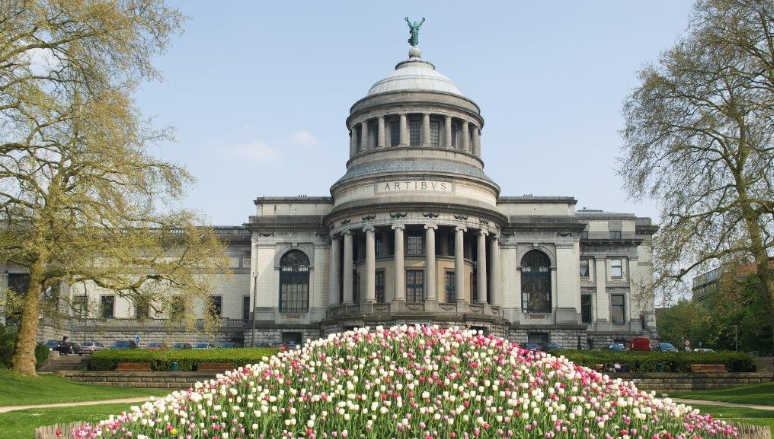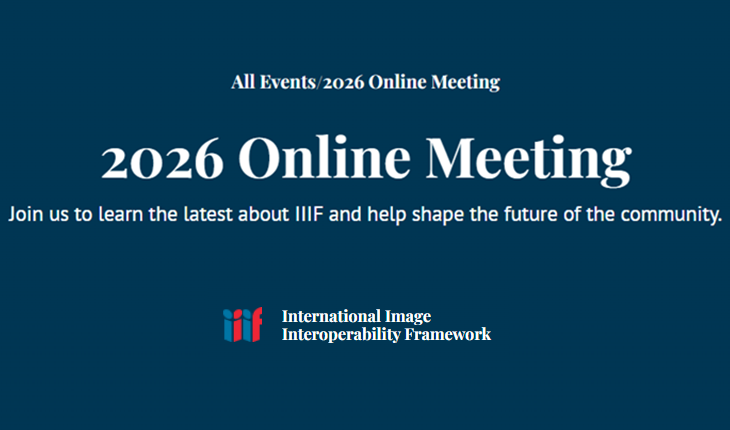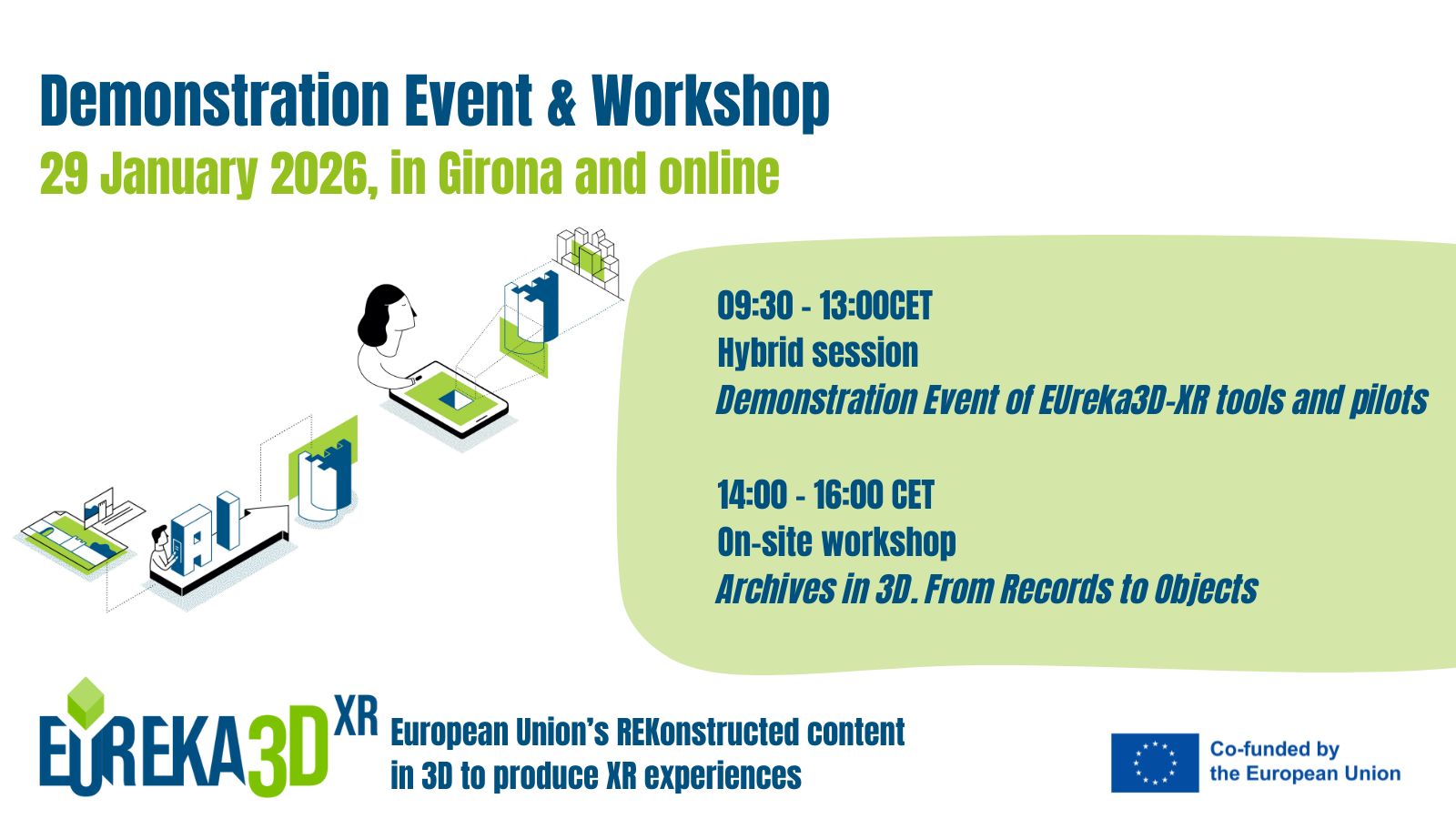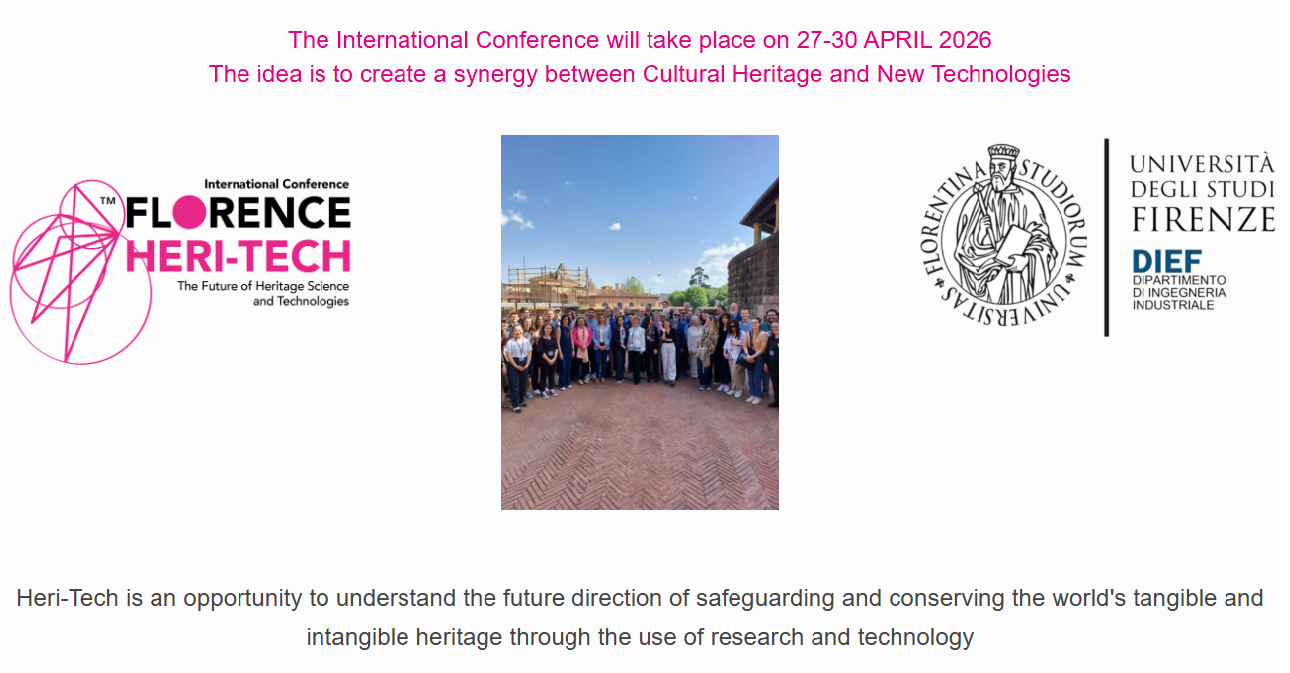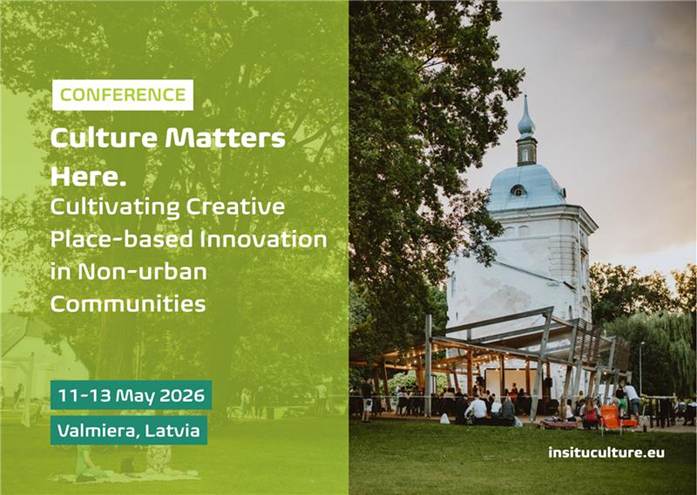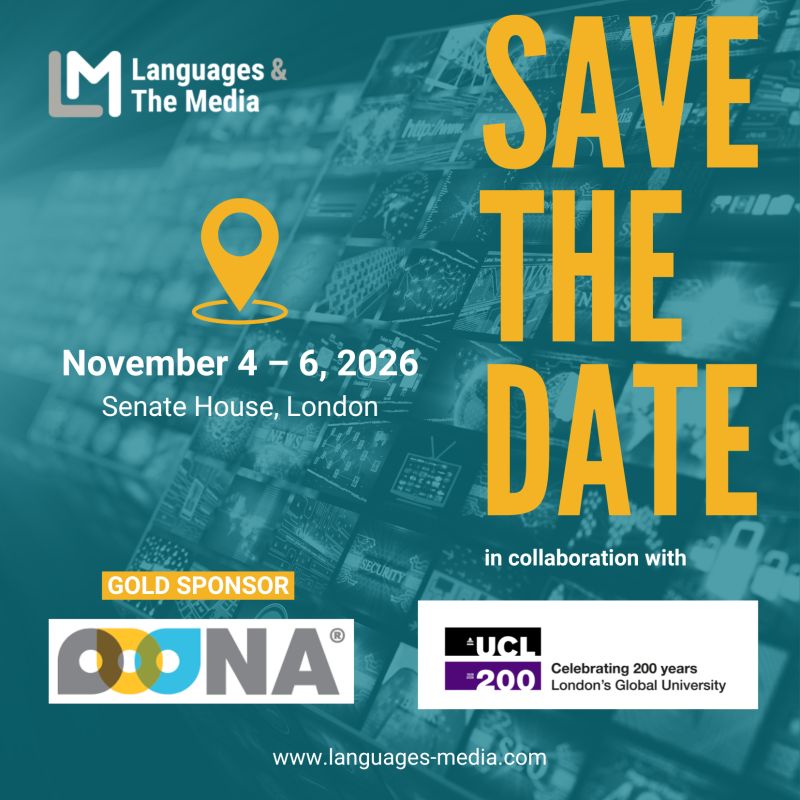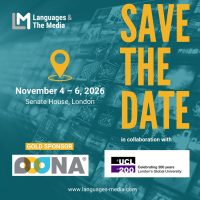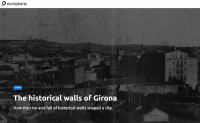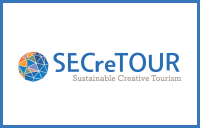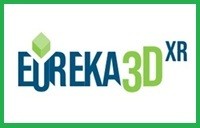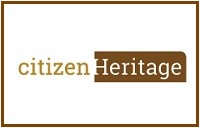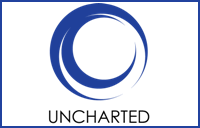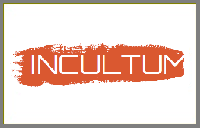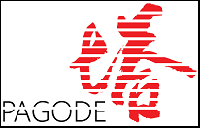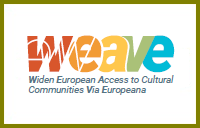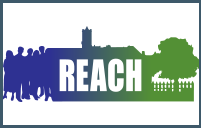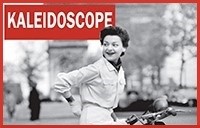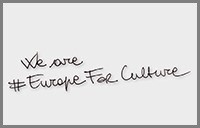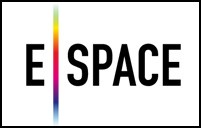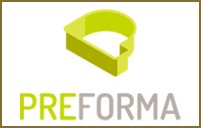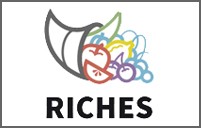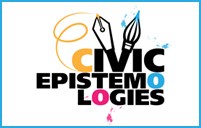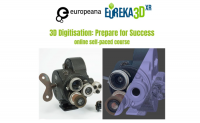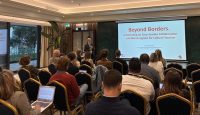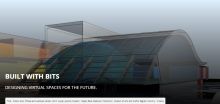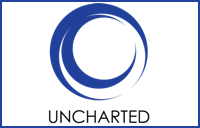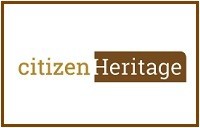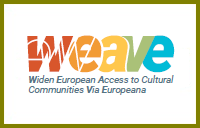Part of the 12th International Conference on Metadata and Semantics Research (MTSR 2018)
SPECIAL TRACK on METADATA & SEMANTICS for CULTURAL COLLECTIONS & APPLICATIONS
Part of the 12th International Conference on Metadata and Semantics Research (MTSR 2018), October 23 – 2018, Limassol, Cyprus.
Proceedings will be published in Springer CCIS series
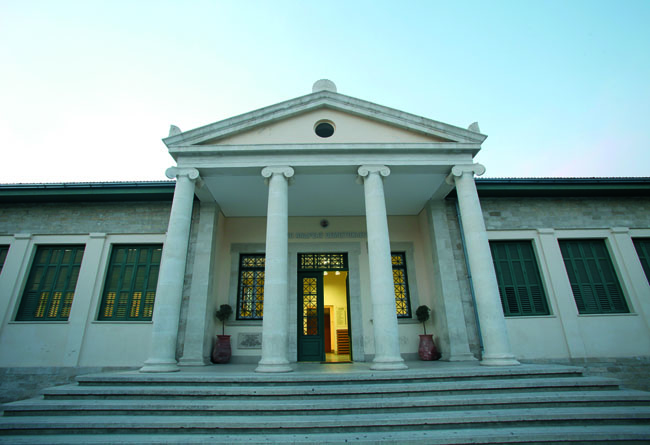
AIM AND SCOPE
Cultural Heritage collections are essential knowledge infrastructures that provide a solid representation of the historical background of human communities. These knowledge infrastructures are constructed from and integrate cultural information derived from diverse memory institutions, mainly libraries, archives and museums. Each individual community has spent a lot of effort in order to develop, support and promote its own systems, tools and metadata for the management of cultural information, mainly related to its particular resources and use.
In this framework, the management of the cultural information has to deal with challenges related to (i) metadata modeling, specification, standardization, extraction, (semantic) enrichment, mapping, integration, effective use, and evaluation, (ii) knowledge representation as conceptualization to provide the context for unambiguously interpreting metadata, and (iii) information integration from different contexts for the provision of integrated access, reuse and advanced services to users.
At the same time, there are also inter-domain efforts targeted to semantically align data (research data, educational data, public sector information etc.) to cultural information. New challenges are also emerged from the need to incorporate cultural information into the new publication paradigms, where a variety of resources (data, metadata, processes, results, etc) are linked and integrated, providing better shareability and reusability. Currently, Linked (Open) Data, as part of the Semantic Web Technology, is having a major role in modernizing cultural heritage collections. Providing to users the possibility to re-use and integrate data into their own systems is currently more than a need, given that transparency and access to information is a prerequisite. A critical factor to the effectiveness of many aspects of all the above efforts is the quality of metadata, as interpreted by its context and use and evaluated by the proper measures and methods. Many institutions and aggregate infrastructures are dealing with the poor quality of metadata that inevitably results in poor integration, search and reuse, while their enrichment, in terms of contextualization, co-referencing, alignment, etc, is really challenging.
The aim of this Special Track is to maintain a dialogue where researchers and practitioners working on all the aspects of the cultural information will come together and exchange ideas about open issues at all stages of the cultural heritage information life cycle. The track also welcomes works related to semantics and applications for new approaches to cultural information publication and sharing, as well as to interlinking to other datasets published in the Semantic Web universe.
TOPICS
The papers in this special track should be original and of high quality, addressing issues in areas such as:
* Cultural Heritage metadata models, standards, ontologies, knowledge organization and representation systems
* Cultural Heritage information integration, interoperability and mappings
* Automated extraction of metadata, entities, and patterns from Cultural Heritage resources
* Metadata manual or automated (Semantic) enrichment and search
* Metadata quality metrics, tools and services
* Linked Open Data approaches in the Cultural Heritage domain
* Publication, linking and citation of Cultural Heritage information and resources
* Large volume content management
* 3D models-indexing, storage and retrieval approaches
* Infrastructures for sharing content
* Digital Curation workflows and models
* Provenance and preservation metadata for Cultural Heritage digital resources
SUBMISSION GUIDELINES
Authors can submit either full papers (12 pages) or short papers (6 pages). Submitted papers have to follow the LNCS proceedings formatting style and guidelines.
The submitted papers will undergo the same peer review as the submissions for MTSR 2018 and accepted contributions will be published in the MTSR 2018 proceedings (Springer CCIS series). Authors of accepted papers will be asked to register to the Conference and present their work.
Authors of the best papers will be invited to submit extended and revised versions of their papers for possible publication in selected international journals, including the International Journal of Metadata, Semantics and Ontologies (Inderscience), and Program (Emerald).
More information on submission can be found at the MTSR 2018 call for papers web page: http://www.mtsr-conf.org/index.php/call-for-papers.
IMPORTANT DATES
- July 27th, 2018: Notification of Acceptance/rejection
- August 24th, 2018: Camera-ready papers due
- October 23rd – October 26th, 2018: Conference at Cyprus University of Technology, Limassol, Cyprus
SPECIAL TRACK CHAIRS
* Michalis Sfakakis, Dept. Archives, Library Science and Museology, Ionian University, Corfu, Greece (sfakakis@ionio.gr)
* Lina Bountouri, Dept. Archives, Library Science and Museology, Ionian University, Corfu, Greece and NATO HQ, Brussels, Belgium (boudouri@ionio.gr, linabountouri@gmail.com)
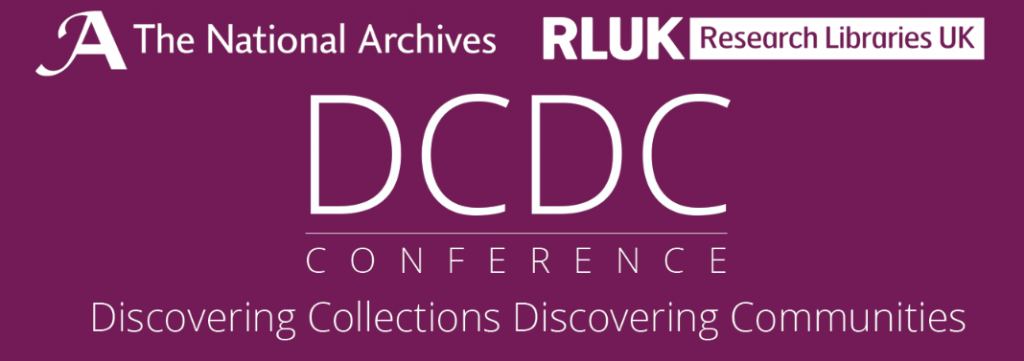 About the conference
About the conference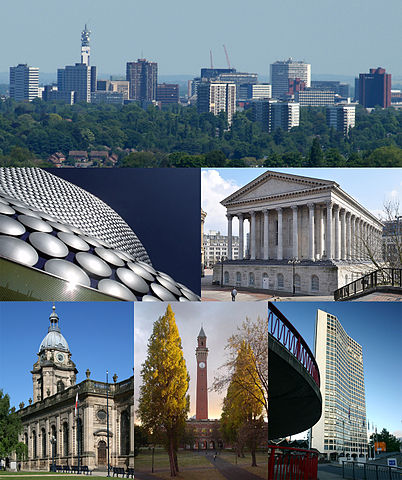


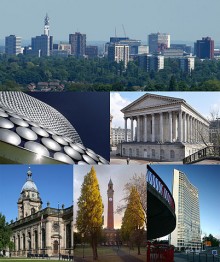

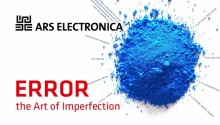
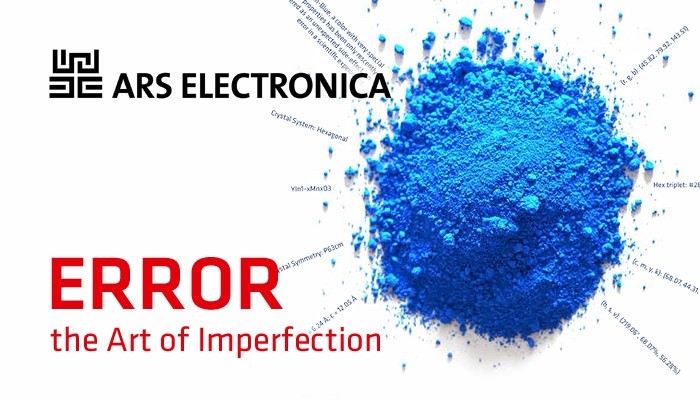
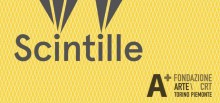
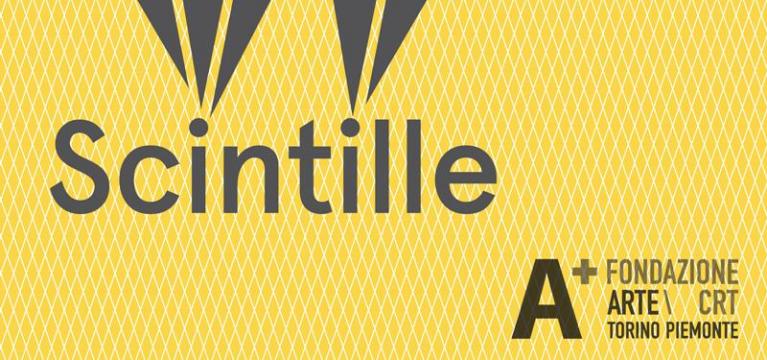

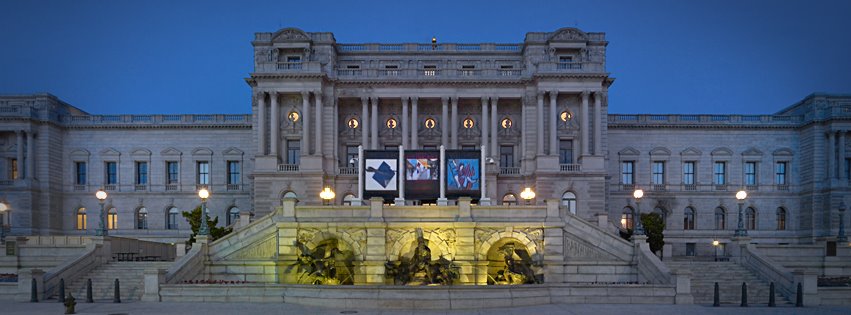
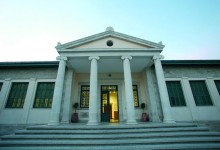


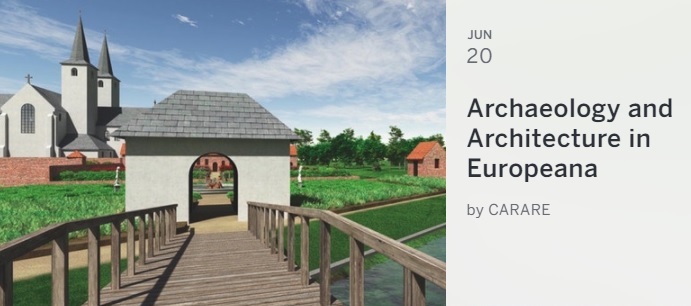 This workshop explored how digital content for the archaeological and architectural heritage can be made available to users of
This workshop explored how digital content for the archaeological and architectural heritage can be made available to users of 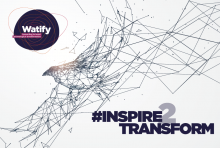
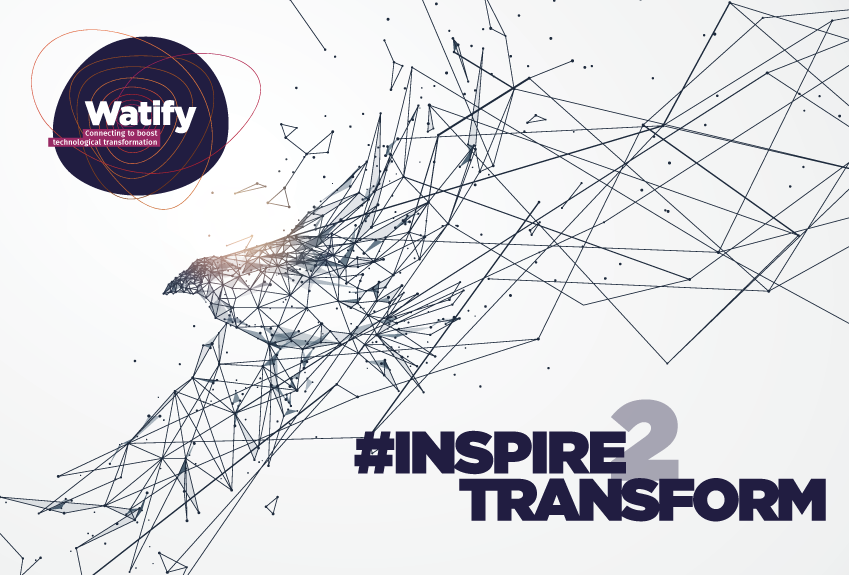
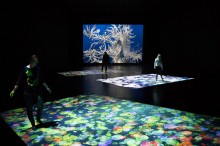
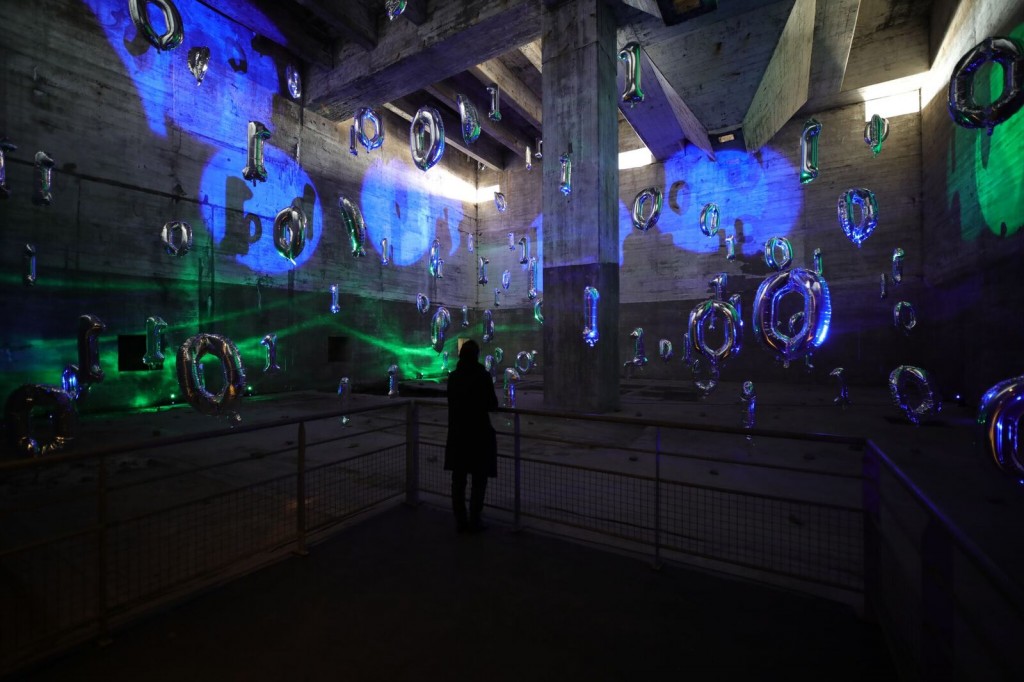 With his exhibition entitled Digital Abysses, artist Miguel Chevalier takes over the monumental spaces of the Bordeaux Submarine Base. This exhibition present, over 3,500 square meters, ten monumental installations, as well as cabinets of curiosities containing more than 100 new works.
With his exhibition entitled Digital Abysses, artist Miguel Chevalier takes over the monumental spaces of the Bordeaux Submarine Base. This exhibition present, over 3,500 square meters, ten monumental installations, as well as cabinets of curiosities containing more than 100 new works.